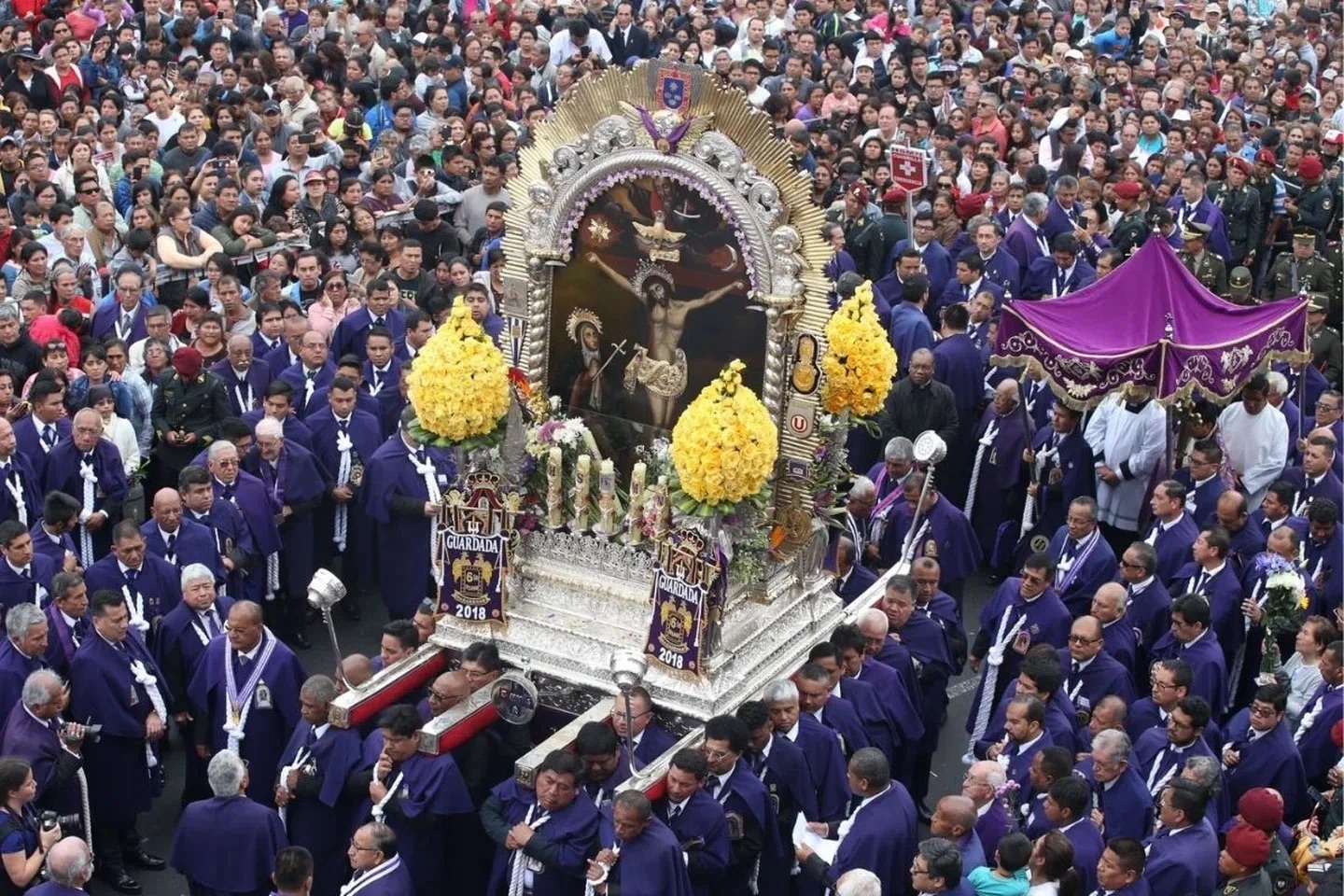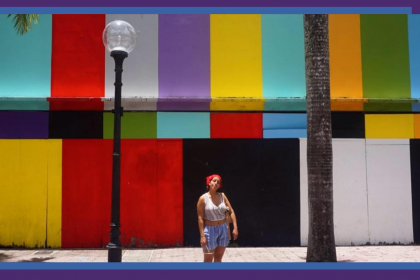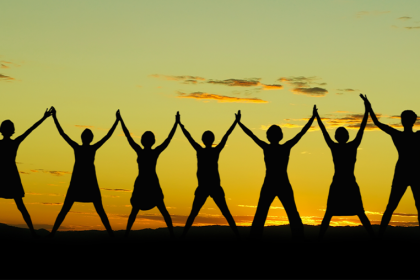Will Your Grandchildren Dismiss You as a Foreigner?
First generation children carry the burdens not only of their generation, but of their ancestors. It is a heavy one to carry and one that comes with parental expectations of success and peer pressure to assimilate. Blending in can make it easier in the teenage years, but enter adulthood and suddenly, you are at a loss for identity. Without it, first generation have a lot lose; their cultural heritage.
Transcript of Episode 60, ‘Will Your Grandchildren Dismiss You as a Foreigner?”
[Intro]
Hola Chicas!
Welcome to another episode of the Life Lnxx podcast. I’m your host, Consuelo Crosby, excited to have you hear each Wednesday, checking in on your week, on your vibes to tap into that power that runs in you. Even if it’s just a little trickle on any given day. Hopefully, this gives it a boost. Raises your energy, raises the enthusiasm, go out and live that life.
Especially now. We are in my favorite month; my birth month. October is everything, when excitement of all kinds of celebrations start building. We still have this amazing weather. It’s my favorite time to travel. Regardless around the world, it’s going to be beautiful minus the very sensitive hurricane locations.
And hopefully you took a minute to donate to the grassroots organizations that we listed a couple weeks ago in our episode, both in our show notes and in the transcript on our website, at TheLnxx.com, to help raise funds for Puerto Rico after the hurricane Fiona ripped through it. Ugh, just five years after Maria, that they were still recovering form.
I really appreciate anything that you could have offered. Even if it was positive energy. It’s still tricky times for us. Anything going positively towards them, it will have impact, honestly.
And when you have a better day, when you have a little extra cush, perhaps you can donate then because they will be needing it to rebuild.
But October, overall, a really high vibing month. Great weather. So many celebrations in the Latino community that vary from just all out fun to deeply spiritual and religious ones. And all of this continues on through the beginning of the year to January 6th when it’s the epiphany. That tends to add the closure of the celebrations, and then you start ramping up again.
Now, not everyone needs to have the same convictions or beliefs, but still, if entire countries of our cultural heritage celebrate and celebrate in force. Then I think it is up to us, those removed from the native location of our heritage, to at least understand it so that we can pass it on to the next generation here.
This is what we’re talking about today. Taking time to learn the facts of our past heritage and keeping it safe so we can pass it on. If we truly want a voice in creating today’s narrative, then we have to speak from a place of understanding our culture. Again, it doesn’t have to be core to our daily lives, but holding the knowledge, being the vessel, is part of our heritage and it’s our obligation for future generations.
We may not need it today, it may not feel right for us to live it here today. Perhaps future generations will need it. They’ll need the knowledge to understand themselves, how they were raised, what they’re feeling, and we should leave it up to them to decide. And for now, we should at least harbor this cultural knowledge for them.
Because, all of these rituals, all of these traditions, all this history and knowledge, it really helps us understand ourselves, our own childhood, because it definitely influenced our parents and grandparents, and that is pulsing in us. Those are our Life Lnxx, and it’s how we were raised. We were raised in this, which influences our present identity and, most likely, a yet to be defined and understood identity. That’s a very big learning curve when you’re a First Gen, even a Second Gen.
But, for most of us, it gives us the power to forge ahead. This knowledge can heal our trauma by shedding a different light on what happened in our past. Because when you’re young and you’re being raised in it, you’re developing the understanding, and then the memory, based on a really little person. And that understanding may not be spot on, may not be quite accurate. You just were a little one.
But if we go back now and learn and understand the culture fully, in its real light, and how that was being acted out by our parents and our grandparents, we can shed a different light on what happened. With that new understanding, comes forgiveness, comes empathy. And with that, a chance to heal. In that healing, in not feeling the pain of our past, we can fill ourselves with joy.
We are able to view our heritage and our culture with this renewed perspective. A really beautiful, powerful perspective, so that we can regain the knowledge and embrace it for the next generations.
I’m really grateful and absolutely love what I’m learning from the Latina Instagram accounts globally. They can be from here. They could be First Gen, Second Gen perspectives, or they can be from the source. They’re powerful in content, and they just create that connection so you can research more and more to get a better understanding.
I can go down a very deep rabbit hole by just clicking on the links. I start out just wondering, “Hey, what are you talking about?” And then pretty soon, two hours later, I just get lost. But it’s on a need to know basis and hopefully you’re better disciplined at it than me.
There was a post last week, on October 1st, that brought back so many memories for me that were, until that day, only memories. I had never taken the time, or even dedicated the time is more like it, to understand the history behind my own memory. Again, it was a memory, yes of my life, even as a young adult, but it was based on an act of my mother, and for that, I assigned the memory to my mother, rather than myself.
So October one, besides being the start of my birth month, which in and of itself is a celebration (you all can be celebrating out there with me), but in Peru where my mother’s from, it’s the first day of the Month of Purple; El Mes de Morado.This was posted by the Peruvian Sisters Instagram account.
I took a deep dive into this. I had never heard of this. I had never heard of this Month of Purple in Peru. I was learning about how in this very, very present day, it is a powerful tradition that happens all month long, in Peru right now, from any day individual to entire soccer teams and cities, devoting themselves to wearing purple.
Now, in today’s context, here in the U.S., and this is what I mean, when we have to go back, we have to go back and understand the history of our own culture, because if we were to hear this today, the Month of Purple and everyone wearing purple in Peru, we would say, “Oh hey, power to the women.That’s fantastic!”
Because we are mixing our cultures. We’re mixing our representation because we don’t have a proper understanding of our own heritage.
So what I learned, and this is what triggered the memory, is that the Month of Purple, El Mes de Morado, is when the faithful, the religious faithful, of Peru wear purple all month long as a sign of devotion to El Señor de Los Milagros.
When I read that, it triggered my memory, Los Milagros. That’s when the memory came flooding back.
First, I’ll give you the history behind it about El Señor. It’s about a portrait of Christ that is painted on a wall in Lima. And this was done hundreds of years ago during a very ugly and unfortunate time by a man who was forced, and yet gratefully, we appreciate that his talent provided it. He painted this mural of Christ on this wall in Peru.
If any of you have been in Peru and felt an earthquake, oh my lord, those earthquakes there, they make ours, here in California, look like just a bad day after drinking a little too much. You know, ours are a little wobbly, a little shaky. But down there, oh, the ground is flipping up and down, and you can see the waves in the movements of the earth.
And yet, this wall survived two of these massive earthquakes. Everything else was destroyed, but this wall remained and with it, the vision, the painting of Christ on the wall. And so ultimately the people decided, “okay, this is a miracle”, Los Milagros, right? This is a miracle and they built the church around it.
And to this day, it is celebrated all month long by the masses of people in Lima, where the wall is located, where the people actually carry a one ton replica, a 2000 pound replica, through the streets, like a pilgrimage, in devotion to both Christ and to the miracle that he remained there with them and never being destroyed like the other structures.
And that power, to me, that power is beyond any human connection that we have now; is beyond any intelligent knowledge that we may have acquired. That depth of devotion, the power of the masses of people all focused on one humble belief is part of my cultural heritage that I would’ve lost, would have never known.
Because my mother had a scapular of El Señor de Los Milagros. She had a lot of iconography, but this one in particular, it was about the size of maybe two inches tall and one inches wide, and it was woven and embroidered. So, it was purple ribbon all around it and in the middle was an embroidered image of El Señor.
And,she carried it with her wherever she went. But particularly, this scapular, she would bring out whenever I was really vulnerable in being ill, whether I was really sick or if I was going into a surgery. She would take this scapular and pin it to my gown, even as I’m being rolled into the operating room.
Now I didn’t question it at the time. I did not deny her that belief that she was passing this on to protect me in the hopes that I would come out of it okay. I had a sense that she just feared losing me, and so I embraced her belief for her benefit. and yes, ultimately mine, because I am still here.
But I never understood the power in the entire culture for her small action and this small scapular, that I still have, that would always come out when I was in danger. That power that an entire country devotes a full month to honoring and reminding us of our humanity. That power was what my mother was pinning to my hospital gown as I was rolling into surgery.
It wasn’t just her, her quirkiness, her iconography or even her individual belief. She was pinning the power of devotion of an entire country, my cultural heritage to watch over me.
And after learning the true meaning behind her act, the true meaning behind the scapular of Los Milagros, that memory has just been rewritten. It is so much bigger and so endearing and makes me so proud of my cultural heritage much more than the memory of my mom being afraid and desperately doing anything to keep me with her.
I look at it now and it’s like, how arrogant! How arrogant of me to think that she was desperate. Instead, she was pouring out the cultural belief over me. Take this with you. She was pouring out an entire country, her heritage, over me for protection.
It reminds me of her love of her country, of how hard it was for her to remain here and how she desperately wanted to go home only to realize that it was no longer home for her because she would be considered an American.
So, take a moment and think about this relative to yourself. Think about all the quirky things that your parents do or traditions that they hold, or sayings or story. There’s so much depth to the culture and think about all the actions that were repetitive and consistent that you may have considered old fashioned, that were irrelevant because they didn’t apply here in the US and maybe, maybe they have the same power of an entire country devoted to it. Maybe there’s something there to be learned, to understand why your parents, your grandparents, held onto this act, this belief, this tradition so tightly.
It wasn’t just because of their individual personality, per se, which we tend to believe, because again, when we were little and our parents would do something that was a little off then the rest of our friends were experiencing. We just thought it was them, but in actuality, it was them as a vessel of their native culture spilling forth.
The belief, the tradition, the spirituality, the humor, everything. They were the vessel and it is up to us to capture whatever they spilled and keeping it within us, as a vessel, as much as we can acquire and as much as we can add to it from learning, so that we, too, can spill it forward into the next generation so the culture is not lost by moving to this country, or other countries, from the native home.
They say that after three generations, people are forgotten. That you, being here listening now, know little of your great grandparents. And, that is pretty on point. We only know what is passed down in stories. It is pretty rare that you actually met your great grandparents, especially because they stayed in the native country.
The rest we have to kind of piecemeal together and recapture, like this memory I had. Because if I hadn’t taken the time, and it wasn’t dedicated research, I was just scrolling on my Instagram account. I was looking at recipes and dog videos, and by the grace of the heavens, the Peruvian Sister’s account said, “Hey”.
It made me stop because this memory I had never passed on to my daughters. I had never copied the act as a mother pinning a scapular to my daughters because I didn’t have the belief. I didn’t understand the belief. I did not give them the power of an entire country as protection.
And so, if I didn’t pass it on to my daughters, then they definitely will not pass it on to their children and that would’ve been lost. It will be considered an act of a foreign country, even though it is in our blood. It is our family. It is our DNA and Life Linx that my grandchildren will come from.
It will have been lost. They will consider it foreign and nothing to do with them.
So, for every first generation that comes here, that is born here, consider the responsibility you have as a first generation. Consider the love of carrying the culture in you. Learn as much as you can from the family and friends around you and take the time in this really busy, yes, demanding society in the pressures of adapting to another country, all alone, and another way of living and trying to figure out the identity. Yeah, it’s a lot.
It’s a lot. And it can suck you down into being the only important thing to do, to succeed in this culture. But, I really encourage you to maybe carve out a little bit of time here and there and delve into the groups of the Latinas that are providing so much love and information of culture, so much vibrant expression of culture.
Learn from each other, learn from your family, learn from the resources we have so that your grandchildren don’t think that you are part of a foreign country that has nothing to do with them.
Step into your truth, ladies! Ciao!
[Outro]



